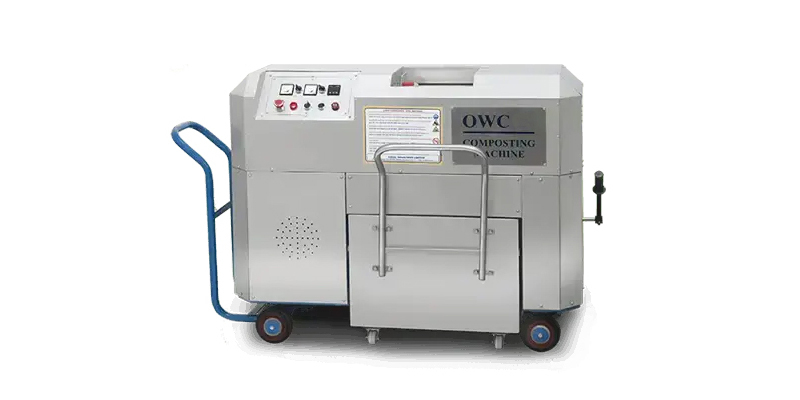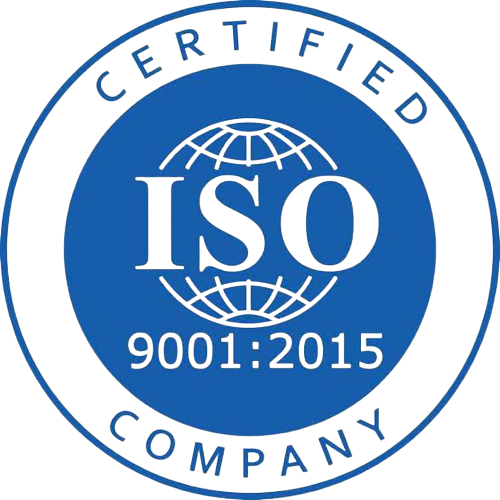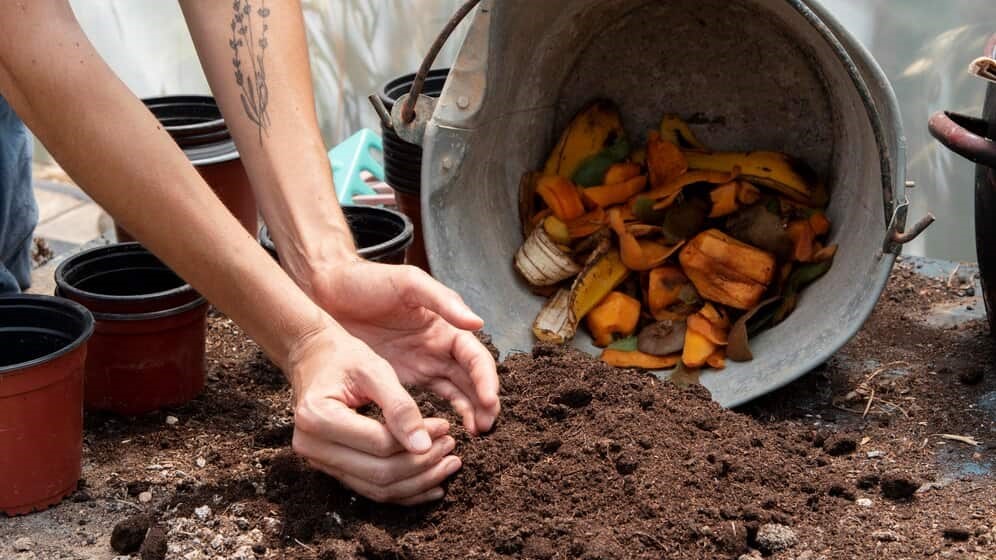Composting, often dubbed as “black gold” by gardeners, is an eco-friendly way to recycle kitchen waste and yard debris. Not only does it reduce landfill waste, but it also enriches soil, promoting healthier plant growth. Despite its myriad benefits, many are often deterred from composting due to its perceived complexity. However, the process can be simplified into stages of composting, each with its distinct characteristics and requirements. In this blog, we’ll delve into the various stages of composting to demystify the process.
Table of Contents
Stage 1: Collection of Raw Material
The first stage involves collecting the raw materials for your compost pile. The materials fall into two categories:
- Green Materials: Kitchen waste such as fruit and vegetable peelings, coffee grounds, and tea bags are excellent green materials. These are rich in nitrogen.
- Brown Materials: Dry leaves, cardboard, paper, and straw serve as brown materials. These are rich in carbon.
A balanced mix of green and brown materials is crucial for effective composting. A ratio of 2 parts brown to 1 part green is generally recommended.
Stage 2: Building the Pile
To create an efficient compost pile, layer the green and brown materials alternatively. Begin with a layer of coarse materials like straw at the bottom, followed by alternating layers of green and brown materials. Ensure that each layer is around 2 to 4 inches thick.
Stage 3: Initial Heating and Microbial Activity
Within a day or two, you’ll notice that the compost pile is getting warm. This is a sign that microbial activity has commenced. The microorganisms begin breaking down the organic matter, generating heat as a byproduct. This phase usually lasts about a week and can reach temperatures up to 160°F (71°C).
Stage 4: Active Composting or Thermophilic Stage
The active composting stage is characterised by increased heat, usually between 104°F to 131°F (40°C to 55°C). During this stage, the compost pile should be turned regularly to aerate it. This is crucial because the microorganisms responsible for decomposition are aerobic and require oxygen to function effectively.
Stage 5: Cooling and Curing
After the thermophilic stage, the compost pile begins to cool down. During this stage, which can last from a few weeks to several months, the compost becomes darker and develops a earthy smell. At this point, it’s advisable to let the compost “cure” or mature for another 2 to 4 weeks to allow beneficial organisms to move in and complete all the stages of composting.
Stage 6: Harvesting
Your compost is ready when it’s dark, crumbly, and has a earthy aroma. The original materials should be unrecognisable. You can now harvest the finished compost from the bottom of the pile, while leaving the unfinished materials for the next batch.
Key Tips for Implementing the Stages of Composting:
- Aerate regularly: Regular turning of the compost pile promotes oxygenation, speeding up the composting process.
- Maintain moisture: The pile should be as damp as a wrung-out sponge. Too much or too little moisture can impede the composting process.
- Size matters: Smaller pieces of organic material decompose faster. Chopping your kitchen and yard waste can accelerate the process.
Conclusion
Understanding the different stages of composting can help you manage your compost pile more effectively. Not only is composting a fulfilling activity, but it also benefits your garden and the environment. So, gather your kitchen scraps and yard waste, and let the composting begin!
The Role of Organic Waste Converters in Accelerating Microbial Compost Production
Having explored the different stages of composting and the critical role microbes play in this process, it’s essential to discuss how modern technology can enhance this biological sequence for efficient waste management. One such innovation is the Organic Waste Converter (OWC), developed by Excel Industries.
Designed to manage waste treatment capabilities that span from 100 kg to a staggering 3000 kg per day, the Excel OWC revolutionises the traditional composting process. But how exactly do microbes come into play within these sophisticated machines?
These OWC machines serve as catalysts in the composting process by engineering an optimal environment for aerobic bacteria to flourish. Equipped with an integrated aeration system, the OWC ensures an uninterrupted oxygen supply. This is a crucial element as aerobic bacteria require oxygen to efficiently decompose organic materials such as food remnants, garden debris, and other biodegradable waste.
In summary, Organic Waste Converters like those from Excel Industries take the natural, microbial-driven composting cycle and accelerate it, making it more efficient and manageable on a larger scale. This showcases how technology can synergise with biological processes to offer effective solutions for waste management.



